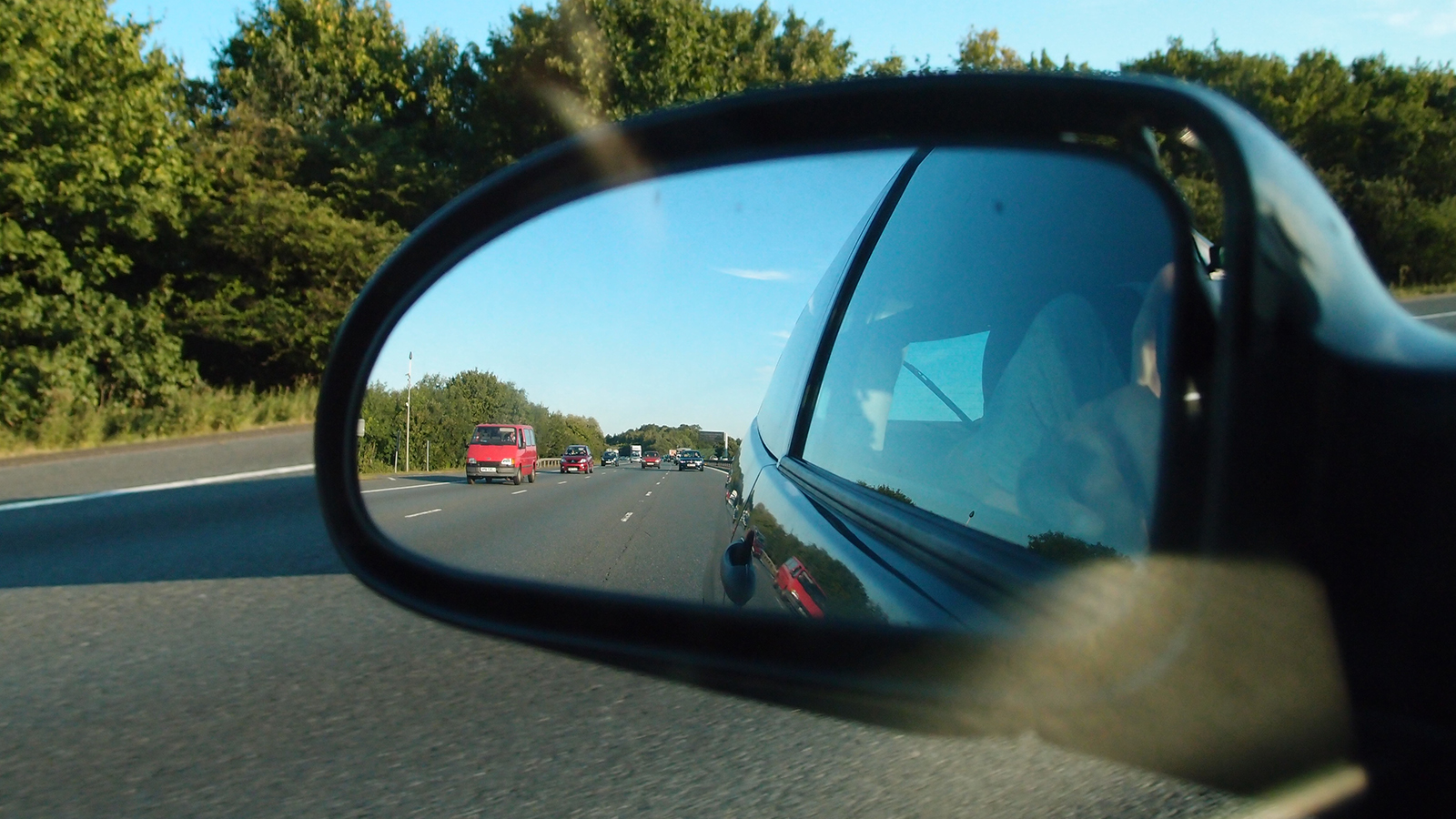What is a Smart Motorway?
Smart motorways are the UK's answer to easing the congested road system. With an estimated 4000 miles in total when the project completes, it’s important to understand how to identify them and how to use them effectively. Gumtree has put together everything you need to know about driving on smart motorways in this quick read.

What is a smart motorway?
First deployed on the M42 in 2006, smart motorways use real-time information to adjust for fluctuating road conditions such as peak hour congestion. This way, they keep the traffic flowing more smoothly. Essentially, a smart motorway increases capacity without the need for disruptive and expensive road widening. As of today, there are about 500 miles of smart motorways in England, with an additional 300 miles planned by 2025.
Smart motorways are monitored by regional traffic control centres. A Motorway Incident Detection and Automatic Signalling (MIDAS) system analyses traffic data to help determine the functions of a smart motorway. Comprehensive CCTV coverage allows for ease of operation. Gantry and verge-mounted electronic road signs are constantly updated to provide real-time information like lane closure and speed limits to motorists.
Types of smart motorways
There are three types of smart motorways:
Controlled smart motorways
Controlled smart motorways make use of variable speed limits, displayed using electronic overhead gantry signs. Here, the hard shoulder is reserved for emergency use only.
On a controlled smart motorway, a red X signal indicates that the lane is closed. The police can fine you and add points to your license for driving on the closed lane. Lanes are closed if there is an incident, such as a crash or break down. They can also be closed to help emergency services reach the affected area quickly.
Dynamic hard shoulder smart motorways
Dynamic hard shoulder motorways also make use of variable speed limits and closable lanes. However, they use the hard shoulder as a live lane when extra capacity is required on the motorway. Note that the hard shoulder is closed by default, and is distinguished from the motorway by a solid white line. If the sign above the hard shoulder is blank or features an ‘X’, the lane is closed.
Gantry and verge-mounted signs give you the information you need while driving on this type of motorway. For emergencies, these motorways use refuge areas or lay-bys at least every 1.6 miles. If you’re driving at 60 mph, you will notice them approximately every 75 seconds. A programme is currently being rolled out to paint these areas orange so they can be easily recognised.
All-lane-running smart motorways
As in the above cases, all-lane running smart motorways also use variable speed limits based on traffic. The difference here is that the hard shoulder is a permanent live lane by default. Unlike dynamic motorways, you will not see a solid line that separates the motorway and hard shoulder. Facilities for emergency and refuge areas for motorists remain the same as that of dynamic hard shoulder smart motorways.
Quick tips for driving on smart motorways
Follow these basic tips to make sure you’re using smart motorways properly:
- Keep to the speed limits shown on the signs
- If there are no variable speed limits, the national speed limit applies. Note that smart motorway speed cameras will detect speeding motorists
- Never drive on a lane marked by a red X on the gantry above it
- A broken white line indicates a normal running lane. A hard shoulder is identified by a solid white line – if there’s no speed limit displayed above it, do not use it except in an emergency
- If your car breaks down, use your hazard warning lights and leave your sidelights on if visibility is poor
- ERAs (Emergency Refuge Areas, often marked by orange paint) are for emergencies only. If you pull into one, wait for permission from the authorities before pulling back onto the motorway
Are smart motorways safe?
Smart motorways have recently come under scrutiny after a BBC Panorama investigation found a 20-fold increase in near-miss incidents on a particular stretch of the M25. It also revealed that 38 people had been killed on smart motorways in the last five years. Many motorists expressed that removing the hard shoulder compromises safety.
In response to the widespread concerns, British transport minister Grant Shapps introduced an eighteen-point plan to improve safety on smart motorways. The Department of Transport action plan includes:
- Improving public awareness about what is a smart motorway and the rules for driving on them through campaigns
- Efforts to make emergency areas more visible
- Working with sat-nav providers to ensure emergency areas are clearly displayed on-screen
Despite the major safety concerns, there is no plan to halt or reduce the expansion of smart motorways. Highways England reports that since the first smart motorway opened in 2006, journey reliability has improved by 22% and personal injury accidents have been reduced by more than half. Share this article to help increase awareness about what a smart motorway is and make the UK roads safer for all. Be sure to check out the Gumtree advice hub for more information on driving safely.
Latest advice articles

Car Parts at the Ready: Get your Motor Running with Second-hand Parts

Hints & Tips: Buying Used Cars

Car Scams: How to Stay Safe while Buying or Selling on Gumtree
Latest best of articles

Best nearly new cars September plate change 2025

🚗 Best Small Family Cars in 2025 – And How to Find Them for Less

